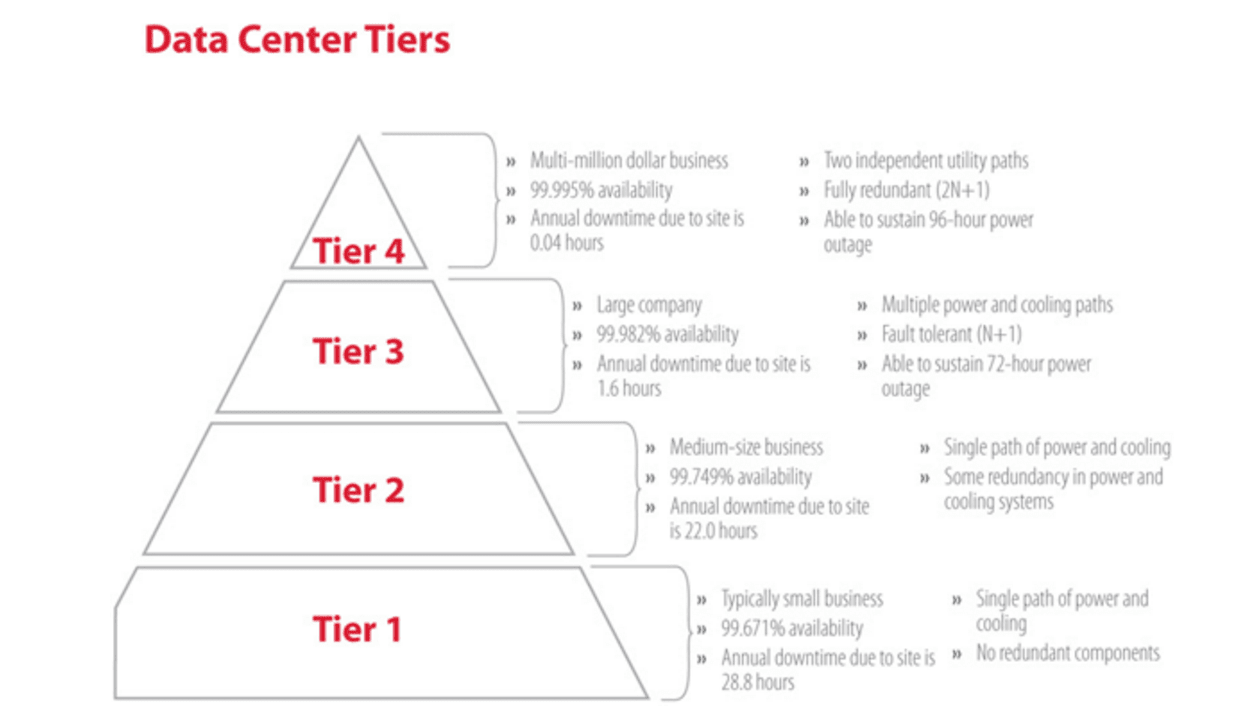Redundancy Pay If Company Goes Bust: Recognizing Your Privileges in the UK
Redundancy Pay If Company Goes Bust: Recognizing Your Privileges in the UK
Blog Article
Discovering the Operational Dynamics of Firm Redundancy and Its Long-Term Sustainability

Redundancy Techniques for Organization Continuity
In order to ensure nonstop operations, organizations need to carry out effective redundancy techniques for business connection. Redundancy in this context refers to the duplication of essential components or functions within a system to minimize the impact of possible failures. By incorporating redundancy methods, companies can boost their resilience versus disruptions triggered by different variables such as all-natural disasters, equipment failures, or cyber-attacks.
One typical redundancy method is the execution of back-up systems and data storage options. This includes developing matches of crucial information and systems that can be activated in case of a primary system failing. In addition, organizations can develop repetitive interaction networks and power resources to maintain connectivity and operations during unexpected events.
Furthermore, cross-training workers to carry out several functions within the business can work as a useful redundancy method. If essential employees are inaccessible due to illness or other reasons, this guarantees that necessary jobs can still be brought out even. On the whole, effective redundancy techniques are crucial for services to support functional connection and decrease the impact of possible interruptions.
Effect of Redundancy on Business Durability
Offered the crucial duty redundancy techniques play in making certain service connection, checking out the effect of redundancy on organizational strength becomes crucial for recognizing the holistic functional dynamics of a business. Redundancy, when strategically applied, can dramatically add to boosting a company's resilience in the face of unforeseen obstacles.
Additionally, redundancy can cultivate innovation and creativity within a company as workers feel empowered to take computed threats, understanding that there is a safety web to sustain them in case of failing. Generally, the impact of redundancy on business durability is profound, shaping the long-lasting sustainability and success of a firm.
Balancing Effectiveness and Adaptability in Redundancy
Achieving a harmonious balance in between functional effectiveness and adaptive adaptability is a pivotal challenge in the calculated release of redundancy within organizations. Effective operations are vital for keeping efficiency and cost-effectiveness, guaranteeing that resources are utilized ideally. Nevertheless, extreme emphasis on efficiency alone can bring about strength, making it hard for organizations to adapt to unpredicted changes or challenges. On the other hand, versatility allows companies to react nimbly to progressing circumstances, promoting technology and durability. Yet, way too much adaptability without a solid functional foundation can cause inadequacies and variance.
To balance effectiveness and flexibility in redundancy planning, companies have to very carefully examine their functional demands, market characteristics, and tactical objectives. Implementing lean practices can boost efficiency by simplifying procedures and getting rid of waste, while cultivating a society of flexibility and continual enhancement can enhance adaptability. In addition, spending in cross-training programs and durable interaction channels can help cultivate a functional labor force capable of handling diverse jobs throughout durations of shift. Inevitably, locating the ideal equilibrium in between efficiency and adaptability is crucial for building a resilient and lasting company when faced with unpredictability.
Long-Term Sustainability Via Redundancy Preparation
To make sure enduring feasibility and stability, companies have to purposefully align their redundancy preparation with long-lasting sustainability objectives, consequently harmonizing functional efficiency with flexible flexibility. Lasting sustainability with redundancy preparation entails greater than simply temporary cost-cutting steps. It calls for an extensive tactical strategy that anticipates future difficulties and opportunities. Companies should see redundancy not as a responsive solution to instant problems however as a positive approach for long-term success. By integrating redundancy planning with sustainability purposes, companies can create a durable structure that can stand up to various market variations and internal changes.

Positive Actions for Sustainable Firm Operations
Exactly how can companies proactively improve their functional sustainability for lasting success? Executing proactive steps is essential for business intending to ensure lasting operations. One key technique is to spend in innovation and advancement to improve procedures, reduce waste, and remain affordable on the market. Adopting lasting techniques such as decreasing power usage, decreasing carbon impact, and maximizing source usage can not only benefit the environment yet likewise bring about set you back savings over time.
In addition, cultivating a society of continual renovation and understanding within the organization can look at here now enhance adaptability to changing market problems and consumer needs. Urging staff member participation in decision-making processes and providing chances for expert advancement can enhance morale, performance, and general performance. Developing clear goals, checking crucial performance indications, and frequently evaluating progression are crucial components of aggressive sustainability administration.
Collaborating with suppliers, consumers, and other stakeholders to advertise lasting methods throughout the supply chain can produce a ripple result of positive influence - redundancy pay if company goes bust. By taking aggressive steps towards functional sustainability, firms can construct durability, drive innovation, and protect their lasting success in an ever-evolving company landscape
Conclusion

In the world of organizational administration, the tactical deployment of business redundancy stands as a critical yet intricate method that necessitates a fragile balance between functional performance and long-lasting stability. By studying the operational characteristics that underpin company redundancy and assessing its more comprehensive implications for business strength and versatility, a nuanced understanding of exactly how redundancy techniques can form the future he said trajectory of a business begins to unravel.Provided the vital role redundancy methods play in ensuring service continuity, exploring the influence of redundancy on organizational resilience becomes crucial for understanding the all natural operational characteristics of a company. Overall, the influence of redundancy on organizational resilience is profound, forming the long-lasting More Help sustainability and success of a firm.
In final thought, recognizing the operational characteristics of business redundancy is vital for ensuring long-term sustainability.
Report this page